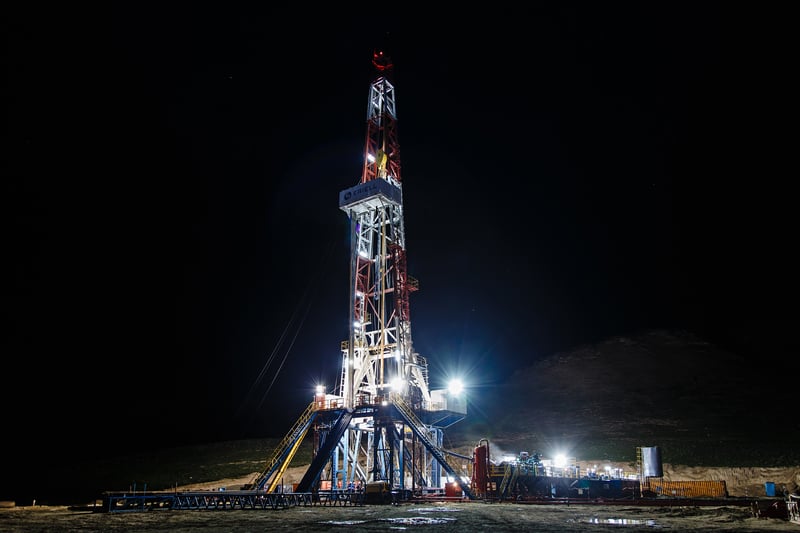
According to the National Institute for Occupational Safety and Health (NIOSH), workers may be exposed to dust containing high levels of respirable crystalline silica (silica) during hydraulic fracturing (fracking).
Silica is a common mineral found in the earth's crust and is a major component of the sand, clay and stone materials used to make everyday products such as concrete, brick and glass.
What are the health hazards of silica?
- Silicosis is a lung disease caused by breathing in very small particles of silica which cause inflammation and scarring in the lungs and reduce the lungs' ability to use oxygen. Workers who breathe silica dust day after day are at greater risk of developing silicosis.
- Breathing in silica also increases the risk of lung cancer and other diseases, such as tuberculosis, chronic obstructive pulmonary disease, and kidney and autoimmune diseases.
How are workers exposed to silica on hydraulic fracturing sites?
Dust containing silica can be released when sand is off-loaded from transport trucks and transported through movers, along transfer belts, and into blender hoppers.
Primary sources where dust can be released include:
- Thief hatches (access ports) on top of the sand movers while the machinery is running during refilling (hot loading).
- Open side-fill ports on the sand movers during refilling operations.
- On-site vehicle traffic, such as sand trucks.
- Transfer belts under the sand movers.
- Sand poured into, or mixed in, the blender hopper and on transfer belts
- Operation of transfer belts between the sand mover and the blender.
- End of the sand transfer belt (dragon's tail) on sand movers.
How do you know if silica is being released into the air?
To determine silica exposure levels, you should collect air samples using devices that measure the amount of silica in a worker's breathing zone. This enables you to determine which jobs may expose workers to silica and the levels of silica in the air.
How can worker exposures to silica dust be reduced?
1) General work practises:
- Cap unused fill ports on sides of sand mover.
- Reduce distance that sand falls (e.g., between the end of the dragon's tail and T-belts).
- Limit the number of workers and the time that workers must spend in areas where silica dust is in the air.
- Consider modifications to equipment so that dusty operations can be performed remotely.
- Apply water-based products to roads and around the well site to reduce the amount of airborne dust.
2) Work practises that involve equipment modification:
- Enclose points where dust is released (e.g., skirting around bottomsides of sand movers, shrouding around and at the end of the dragon's tail).
- Use door seals and HEPA filtration on enclosed operator cabs or booths, where possible.
- Use local exhaust ventilation on machines or equipment to collect dust.
- Replace transfer belts with screw augers on sand movers in new designs or retrofits.
3) Use respirators when required. If respirators are required, ensure that you have a respiratory protection program that meets federal or provincial requirements. This program must include proper respirator selection, fit testing, medical evaluations, and training. All respirators need to be NIOSH-approved.
4) Inform and train workers on the hazards of silica and other chemicals. Whenever any hazardous material is used in the workplace, employees should be warned through proper signage. This signage must identify precautions that need to be taken to work safely in the presence of the hazardous substance. A Safety Data Sheet (SDS) must be provided to employees for examination.
Contact the Axis Insurance Group for more information on how to implement an OHS-compliant respiratory protection program.




